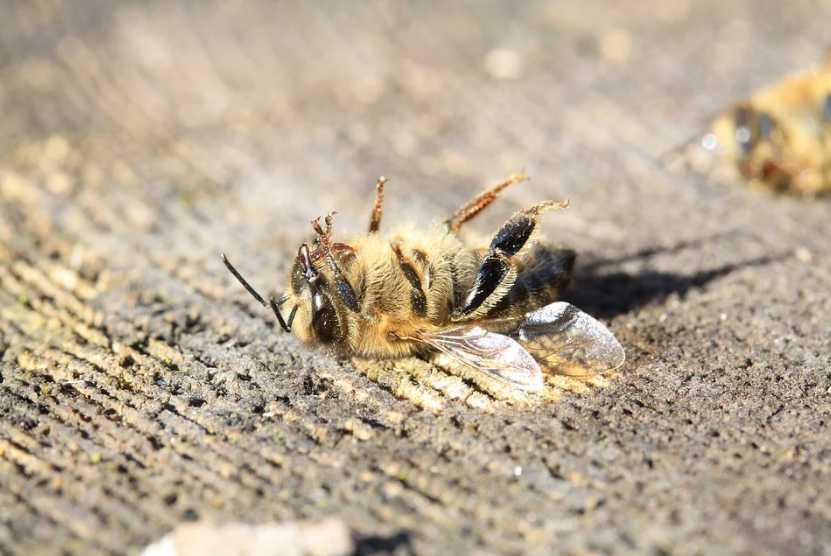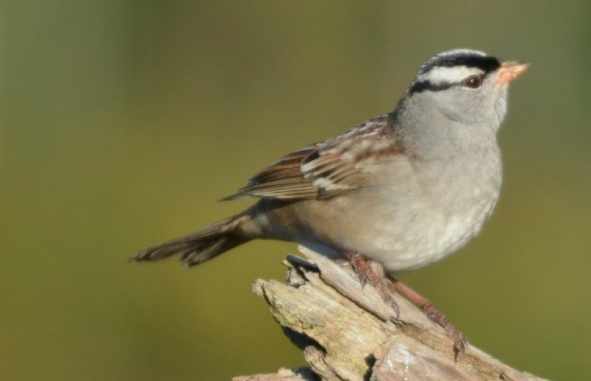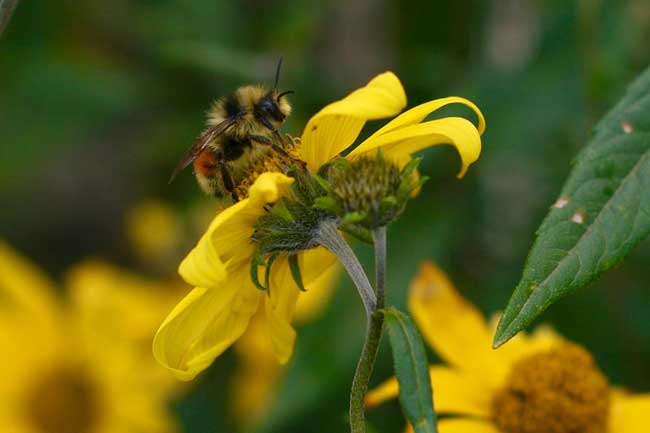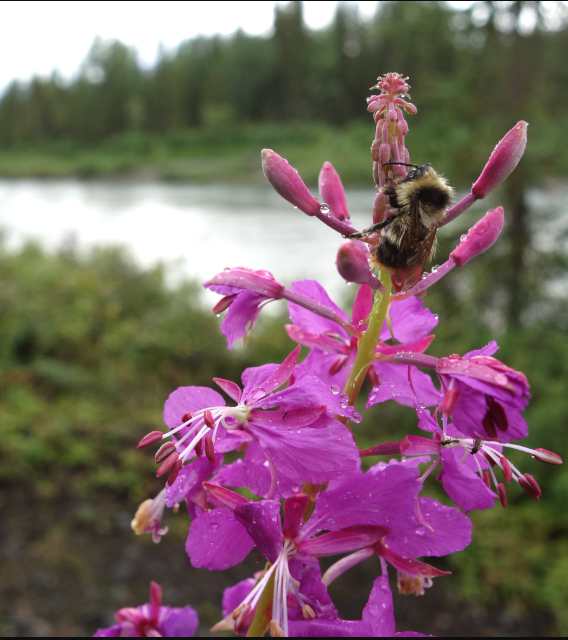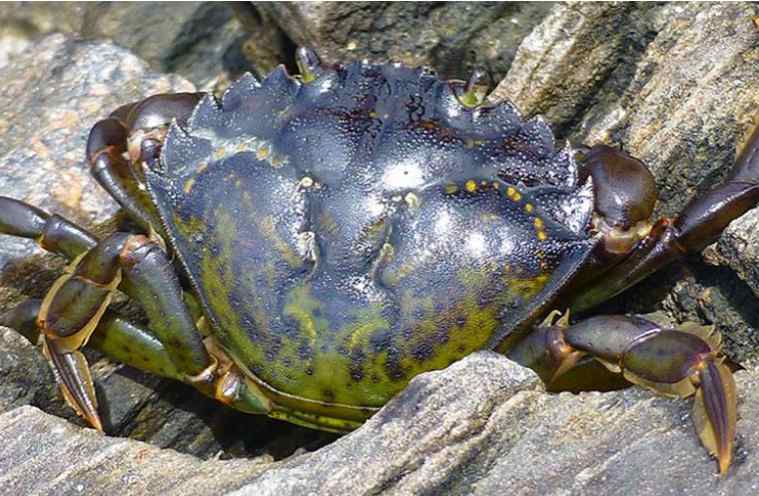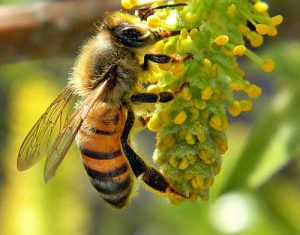
Neonicotinoid pesticides contaminated 75% of a global sampling of honey, according to a study published in the 6 October issue of Science. The pesticide concentrations detected are below the amount authorized by the European Union for human consumption, but neonicotinoids are notorious for their negative effects on pollinators.
As for the effects on bees, 34% of honey samples were found to have concentrations of neonicotinoids that are known to be detrimental to insects, suggesting that a substantial proportion of world pollinators are probably affected by the pesticides.
Widespread application of neonicotinoids has been identified as a key factor responsible for the global decline in pollinators, and in particular bees. For example, neonicotinoids are known to reduce the honey bee’s ability to survive the winter and to reduce the reproductive success of wild bees. However, despite research efforts to understand the patterns of neonicotinoid uses and their effects on living organisms, worldwide distribution of neonicotinoid contamination in the environment is not well known.
Alexandre Aebi and his team at the University of Neuchâtel were offered a unique opportunity to explore widespread neonicotinoid use when a curator at the university’s botanical garden approached them with a collection of honey samples from around the world.
Aebi said, “The curator of the collection … asked us what we should do with such a collection. It seemed obvious that we should analyze its pesticide contents. Neonicotinoids were chosen because of their very well documented negative effects on bees and other compartments of natural ecosystems.”
In total, the researchers analyzed 198 honey samples for five commonly used neonicotinoids: acetamiprid, clothianidin, imidacloprid, thiacloprid, and thiamethoxam. Samples were taken across all continents (except Antarctica), as well as numerous isolated islands.
Overall, 75% of all honey samples contained at least one neonicotinoid; of these contaminated samples, 30% of contained a single neonicotinoid, 45% contained two or more, and 10% contained four or five. The total concentration of the five measured neonicotinoids was, on average, 1.8 nanograms per gram in contaminated samples and reached a maximum of 56 nanograms per gram. The average of these concentrations is known to cause deficits in learning and behavior in honey bees. Concentrations were highest in European, North American, and Asian samples.
“Despite the fact that the majority of our samples were contaminated, as a beekeeper I was stunned by the cocktails [of neonicotinoids] at which honeybees are exposed, especially since cocktail effects are currently not tested on non-target organisms,” said Aebi.[xyz-ihs snippet=”adsense-body-ad”]While the researchers emphasize that the concentrations of neonicotinoids were below levels that the EU authorizes in food and feed, they do cite some emerging studies on the effects of neonicotinoids in vertebrate animals, such as impaired immune functioning and reduced growth, which may result in a re-evaluation of these restrictions.
The EU allows a maximum residue limit of 50 nanograms per gram for acetamiprid, imidacloprid and thiacloprid, and 10 nanograms per gram for clothianidin and thiamethoxam. U.S. maximum residue limits vary depending on the food or feed product, but all of the honey samples in the study had neonicotinoid concentrations below the limits set for human consumption according to U.S. regulations, Aebi and colleagues noted.
In 2013, the European Union began a temporary ban on the use of three neonicotinoids on crops visited by bees, and is considering a comprehensive ban on the use of the pesticides in all outdoor fields.
“An interesting point raised in this study is that honey could be used as a tool to sample environmental contamination. Therefore, this approach could address the effectiveness of the current EU moratorium where the use of some neonicotinoids on bee-visited crops is banned,” said Christopher Connolly of the University of Dundee, Scotland, who wrote an accompanying Perspective article for the Science study. “Is honey within the EU now free of these neonicotinoids? Or does its continued use on other crops reach bee-visited plants and still accumulate in their honey?”
Source: AAAS

